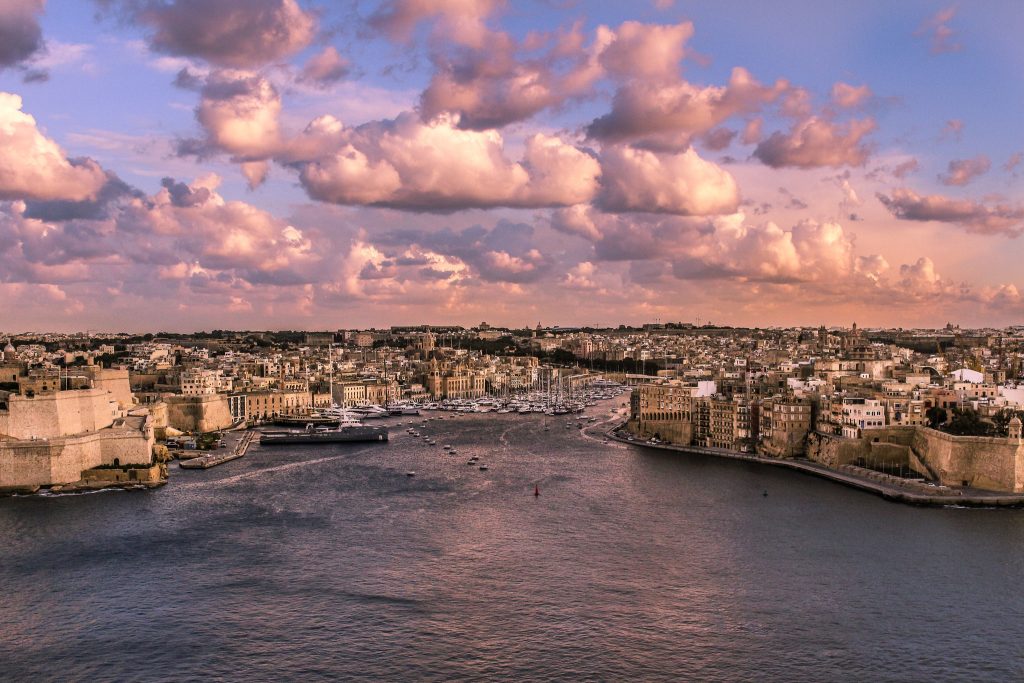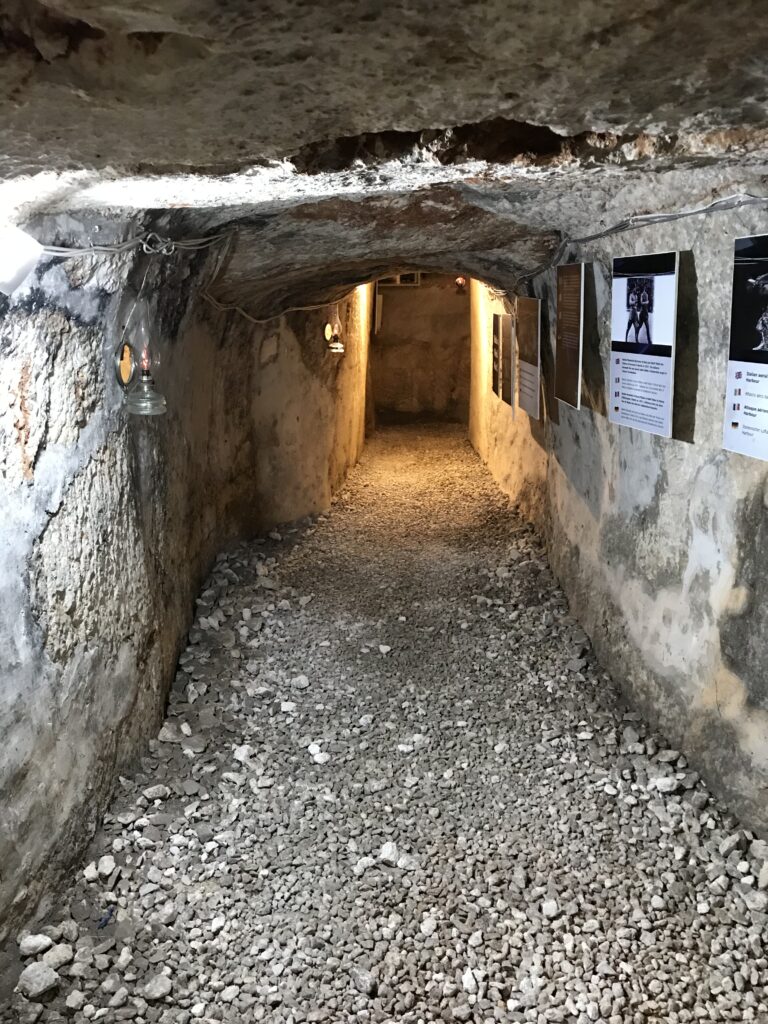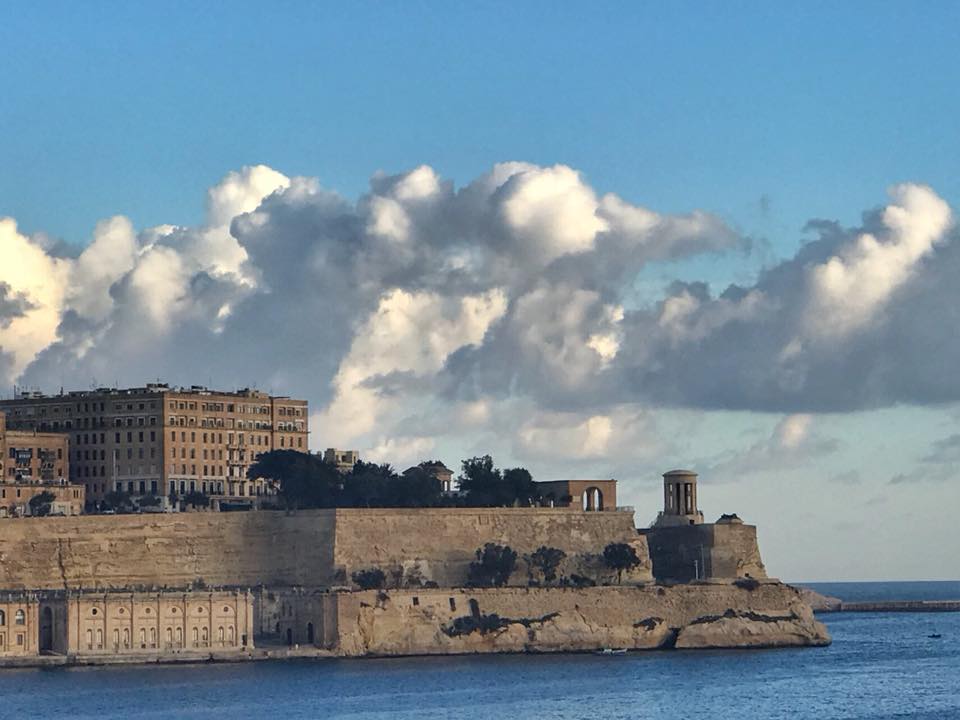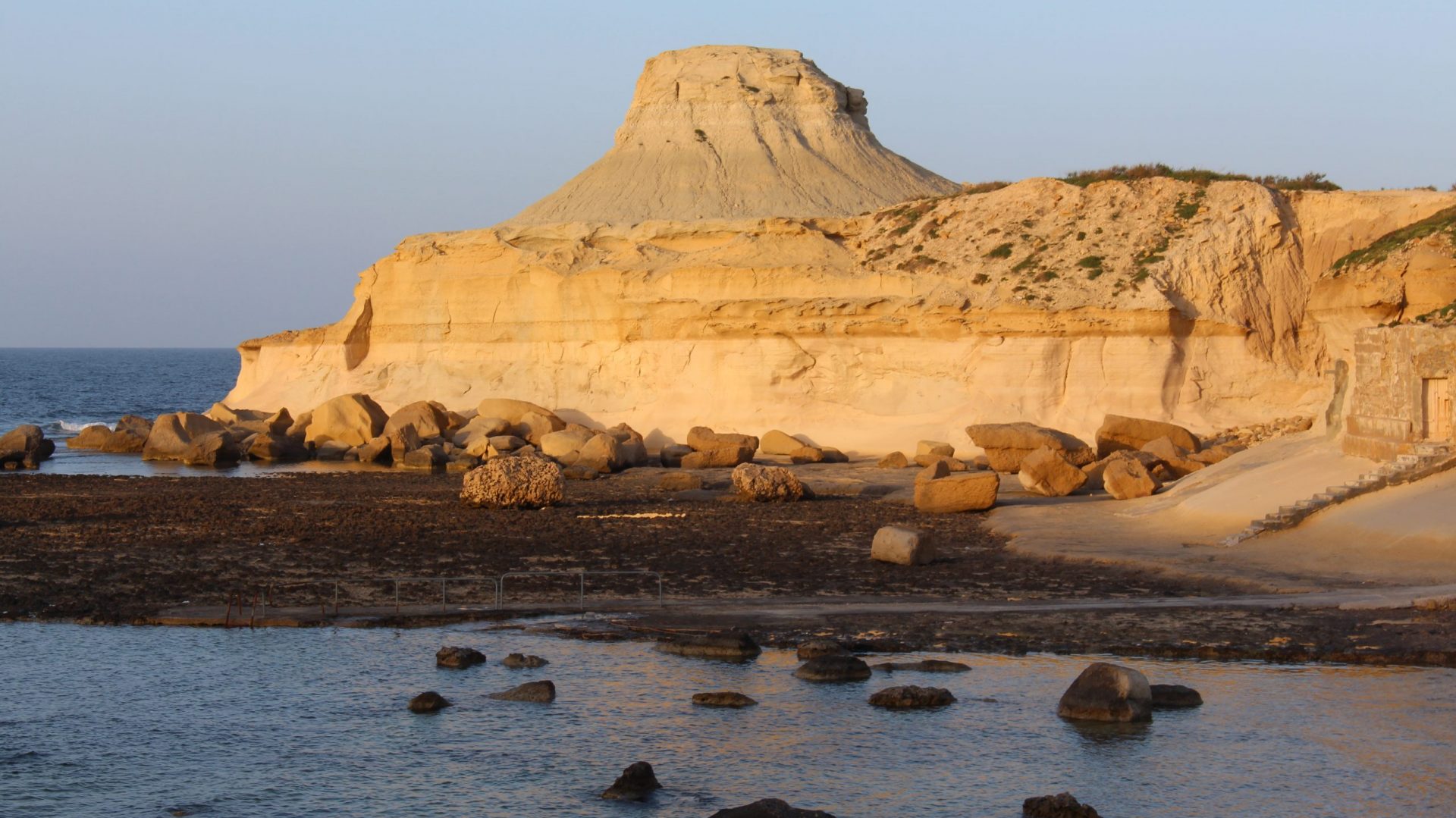Malta was one of heaviest bombed countries during WWII, being a strategic British military base between Europe and Africa. As it is a small country, virtually every locality has experienced the effects of war, and the war-related monuments are many.
Between 1940 and 1943, Malta was the scene of air raids, bombings and naval battles waged between the Axis and the Allies in an attempt to control the tiny but strategic piece of land. Locations of military importance, such as the Grand Harbour and the dockyards of the Three Cities, the airfield in Ta Qali, military bases, were the heaviest bombed. Many locations on the islands have WWII museums and exhibits one can visit.
The Grand Harbour

In July 1941, the Italian Navy attempted an attack on the Grand Harbour, the first sea attack since the Great Siege by Ottoman Turks in 1565. The ill-fated attack was unsuccessful, but the battle for Malta continued until July 1943, with the Grand Harbour and its dockyards as one of the main targets.
As Malta’s supplies were basically cut off due to heavy air and naval blockage, every attempt to make deliveries to Malta was nothing short of a suicide mission. On 13th to 15th August 1942, coinciding with the feast of the Assumption of Virgin Mary, a convoy with food supplies and fuel reached heavily besieged Malta, having received the title the Santa Maria convoy. It is still remembered as a life-saving mission.
Air raid shelters

During certain periods in 1942 and 1943, Malta was the most bombed country in the war. Just over a 100 miles from Sicily, Malta was also geographically very close to the Axis territory. It was a short flight to Malta for the Italian and German aircraft from the airfields in the South of Sicily. The heaviest bombed were the strategic locations of the Grand Harbour and the dockyards of the Three Cities, the military airfield in Ta Qali, and other locations of military and strategic importance.
To survive, the population of Malta was forced to go into underground shelters. Some of the historic catacombs and tunnels were used for this purpose, and quickly a network of shelters had to be dug on multiple locations around the islands. Many of them can still be visited today.
Some of the shelters you can see are Wignacourt Museum Air Raid Shelter (underneath St Paul’s catacombs in Rabat), WWII shelters in Citadella (Gozo), Ta Bistra catacombs in Mosta, and Il Barri Air Raid shelter (located under Il-Barri restaurant in Mgarr, Malta). In addition, the Malta at War Museum in Vittoriosa (Birgu) has war rooms and original underground tunnels telling the story of how the civilian population survived the siege. The underground tunnels in Vittoriosa, which are part of the museum, are one of the largest on the island.
Many shelters that one can currently visit in Malta still retain the original cooking utensils, kerosene lamps, wine bottles, and even coloured floor tiles that some have put into their rock-hewn cubicles, in an apparent attempt to maintain a modicum of normalcy. As electricity supply was uneven due to shortage of fuel, the shelters were lit by kerosene lamps or burning oil.
Valletta

National War Museum in Fort St Elmo in Valletta contains various artifacts relating to the WWII period, including anti-aircraft guns and other weapons, aircraft fuselage, and the St George’s cross awarded to Malta by the British king George VI.
The Valletta tunnels are a network of underground passageways dating all the way back to the Great Siege and the Knights of St John. Parts of these tunnels were used by city residents as bomb shelters during the air raids of WWII. As part of the Valletta tunnels, the tourists can visit the Lascaris War Rooms, just by the Upper Barrakka Gardens. The war rooms were restored to give a fascinating glimpse of how this defense headquarters bunker operated during the war.
The war rooms were also used as the operational headquarters for the invasion of Sicily. The successful invasion of Sicily by the Allied troops in July 1943 eased the pressure of constant air raids on Malta. It also made a profound impression on the Italians, and paved the way for a coup that overthrew Mussolini and eventually shifted strategic balance in the war.
Ta Qali Airfield and Aviation Museum
Malta’s first civilian airfield was built in Ta Qali. During WWII the Ta Qali airfield was used for military purposes and became the epicentre of the air battle for Malta. Some called it the most bombed airfield of WWII. It has been so severely damaged that after the war, civilian air operations moved to Luqa airfield, the site of the present-day airport. Three former hangars in Ta Qali now host the Aviation Museum, with its collection of airplanes and airfield equipment.

